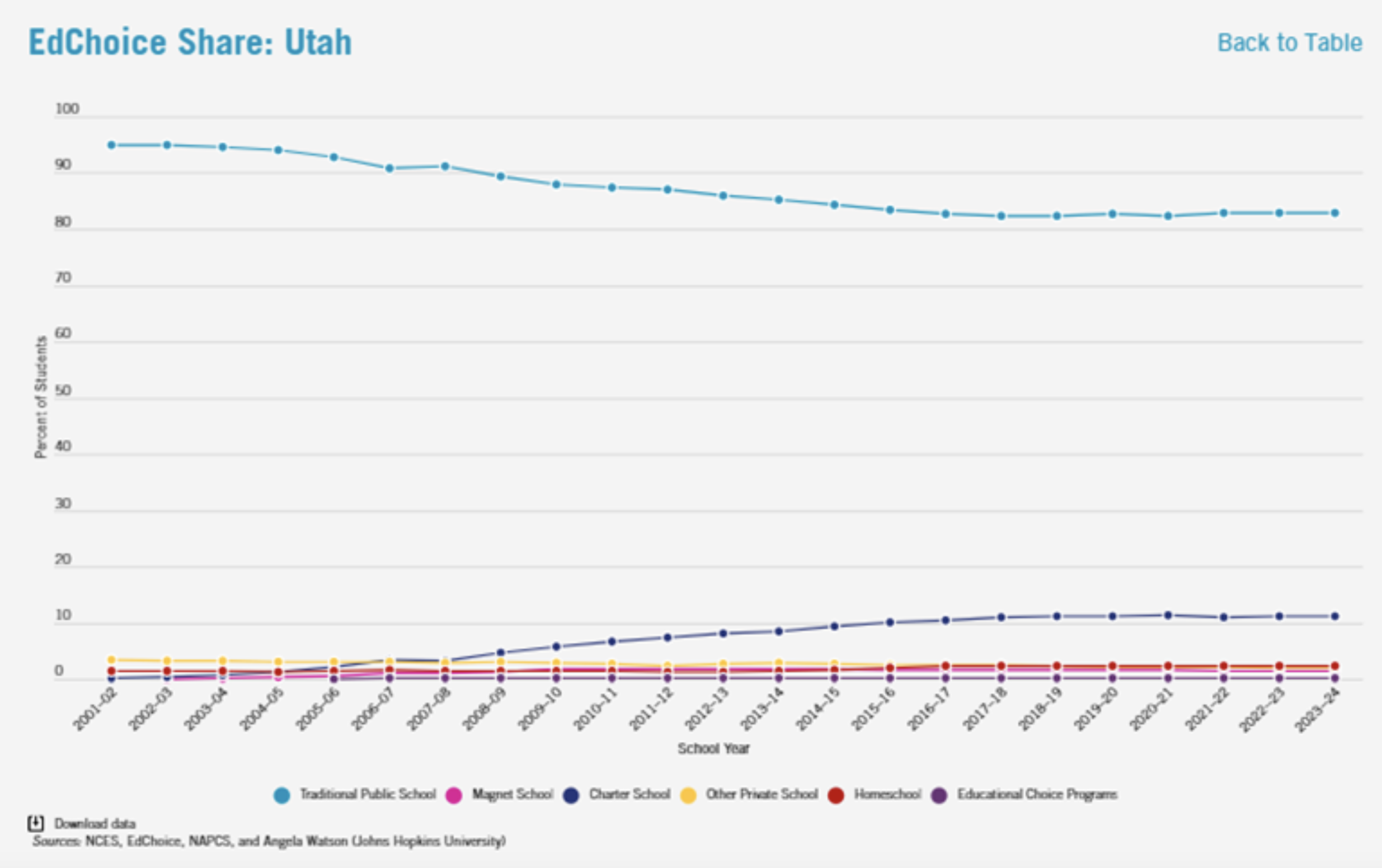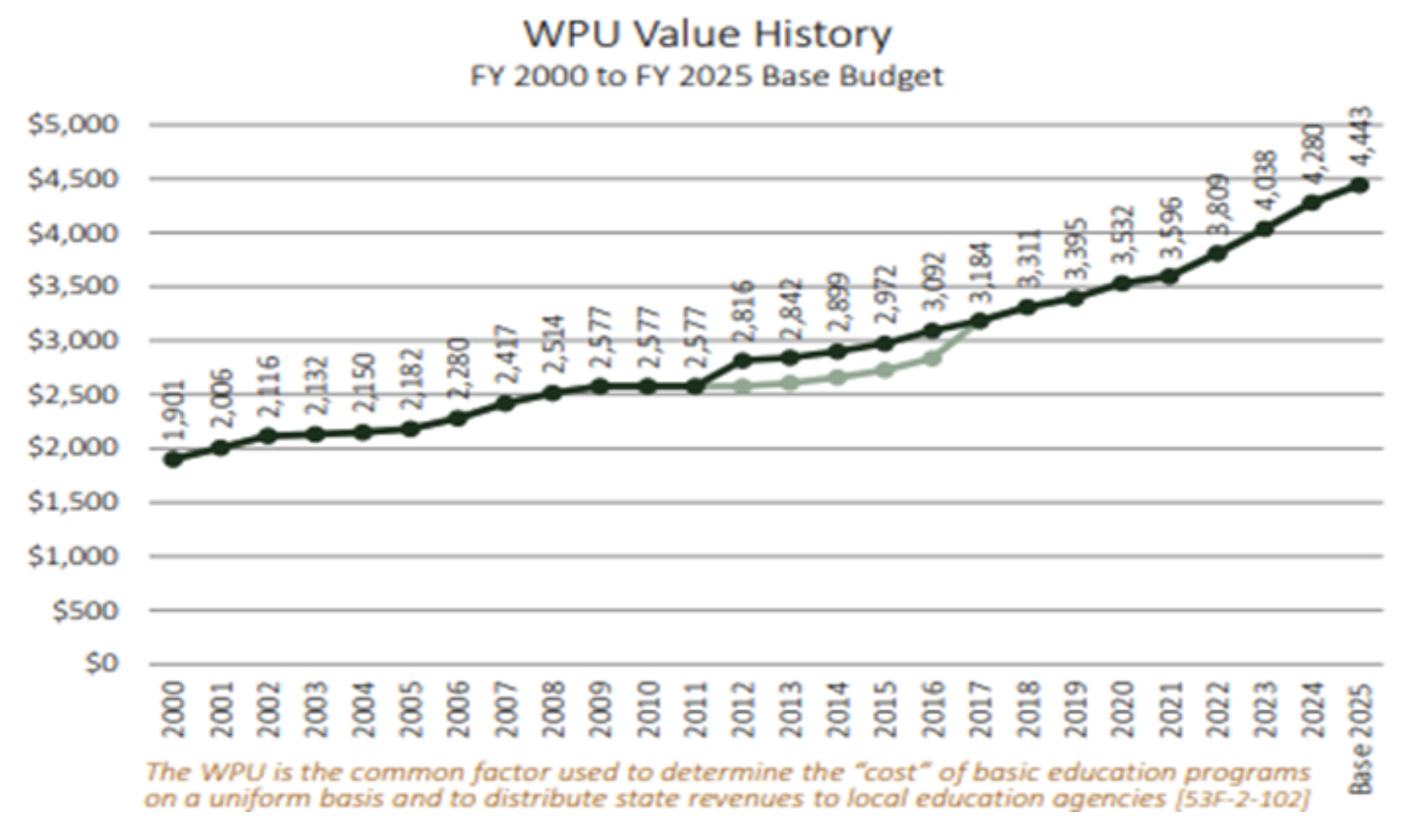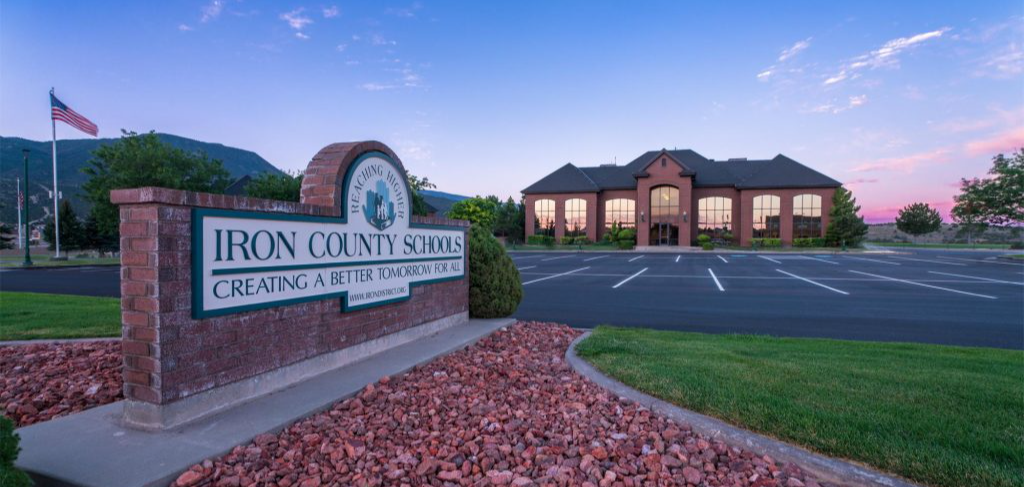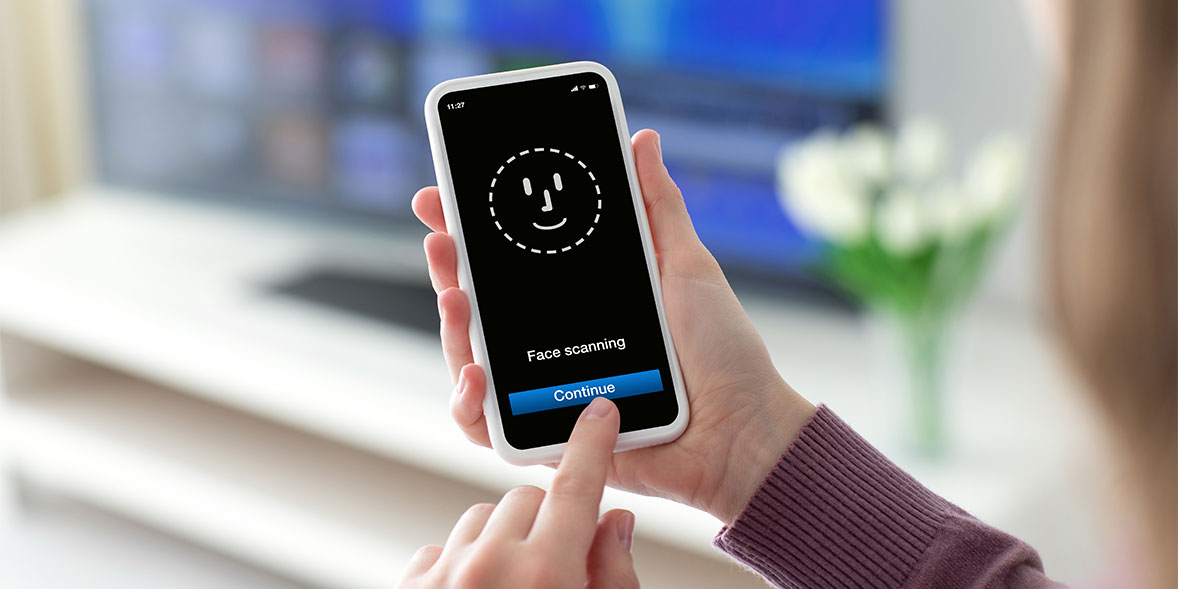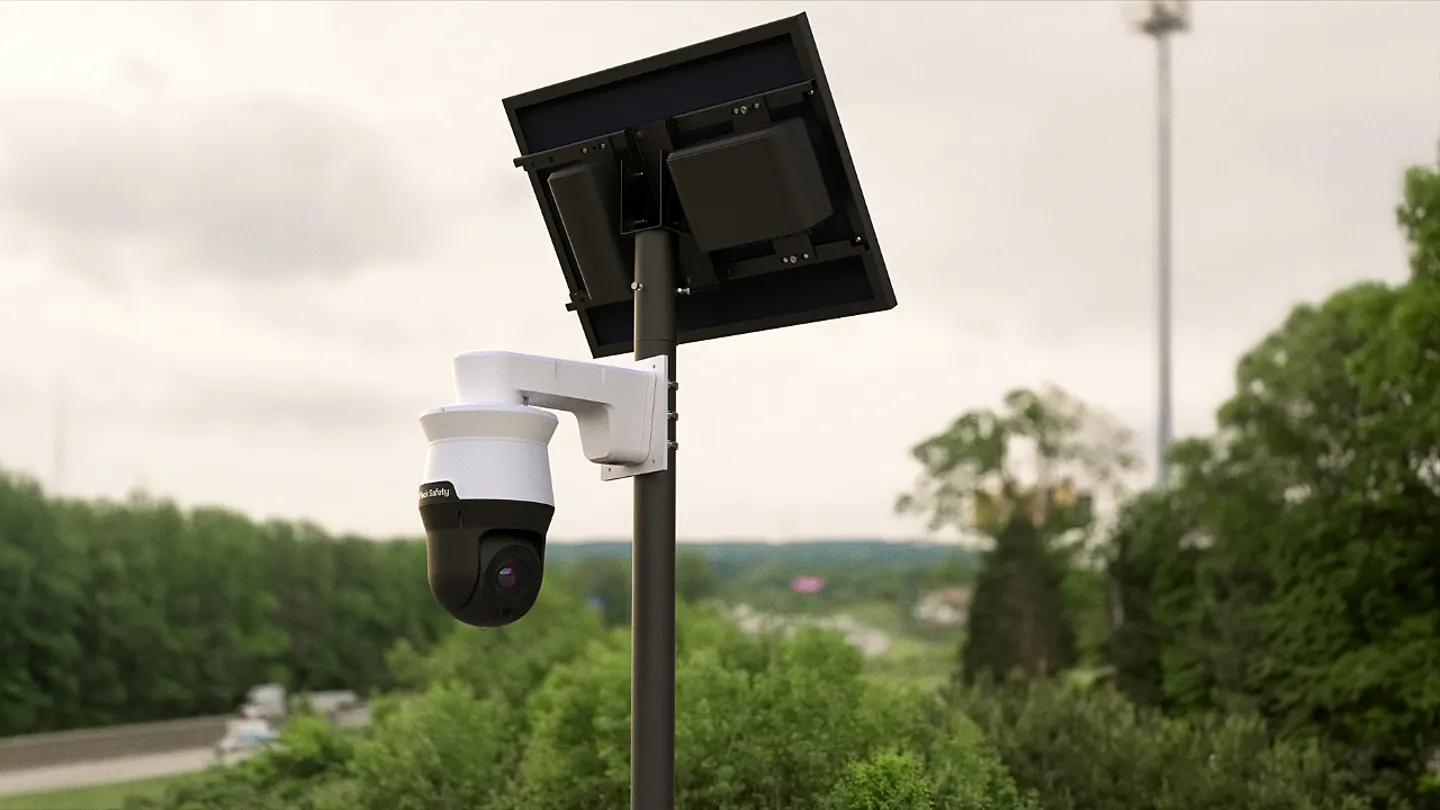Education choice is reshaping the education landscape. And, there are a lot of myths out there surrounding it. Here are the most common:
Myth #1: Does School choice defund public schools?
The evidence suggests the opposite.
Education spending in Utah and across the nation has been on the rise for years. In 2008, Utah spent around 3.5 billion on education. In 2024, Utah is spending around 7.7 billion dollars on education. The budget has more than doubled.
Despite this substantial increase, it is important to note that only a small fraction of this budget, approximately 1%, is directed towards initiatives like Utah Fits All.
Additionally, the Utah legislature increased public school spending by 18% in the same year that they passed the Utah Fits All Scholarship.
Another point to consider is that the Weighted Pupil Unit has also increased. In 2010 it was $2,577, and now, in 2024, it is around $4,400. This means that public schools end up with more money per student.
Myth #2: Does school choice destroy public schools?
Public schools are not going to disappear because of education choice. Most students choose public schools even in states with education choice programs. Nationally there are around 78% of students enrolled in public schools. In Utah, the figure is quite similar, with 82.9% of students enrolled in traditional public schools.
Instead, competition forces all schools to improve their quality. Businesses compete with each other to get more clients, the same happens with education.
The data tell us the same story. There are 26 out of 29 studies that show that education choice policies help all students, not just the children using the program.
Competition forces them to improve their services. It is this idea that the rising tide lifts all boats.
Myth #3: The school choice movement is unaccountable.
The education choice programs are accountable because they are meant for those families that are struggling for whatever reason in a typical public school.
What if a parent wants a different experience or even just a different teacher? It is very difficult to change classes or try and build a personalized plan for an individual student in public schools.
In the same vein, every child has different interests and talents. Therefore, some schools are better for them than others.
Thus, true accountability is giving power to families that want something different. When parents start leaving a school, that is when schools truly start to change how they do things.
Myth #4: School choice is bad for teachers.
School choice is good for teachers as well as for parents and students.
A good example of this is the story of Jon England, the Education Policy Analyst at Libertas Institute. He talked about his experience when he was a principal in the fall of 2020 following the school shutdowns
“The district I worked for had classroom teachers be both the in-person and online instructors for students that year. It was a disaster. Teachers were burning out, parents were frustrated, and the students were getting farther and farther behind.
By mid-September of that year, over 700 students had left the district elementary schools for other options. The district business manager was in full panic mode.
We had a meeting shortly after and the district decided to open a dedicated online elementary school for all of the fully online students. It helped those online students have a better education and relieved the massive stress for teachers.”
In this case, relief came from having options.
By having alternatives, the school was able to change its methods and solve the issue affecting parents, students, and teachers.
Myth #5: School choice programs subsidize private schools for the rich.
The vast majority of students using school choice programs across the country are either from low-income households or have students with special needs.
The Utah Fits All scholarship has put a priority on students from low-income families. Families in the lowest income brackets are the ones who will have priority.
But let’s be honest, the highest income brackets already have school choices. It is no secret that the best-performing public schools are also in the highest-income areas of a state. By providing a school choice option, it allows low-income families to choose the best school for their children.
Debunking myths
Criticism and disagreement are inevitable, but we have control over what we choose to believe. Therefore, our views should be based upon facts rather than myths.
Do not let these myths make you lose focus on what is important: an educational environment where every student, teacher, and parent has the opportunity to choose what is best for them.
This article was authored by Policy Research Intern Bruno Rodriguez Puccinelli.

